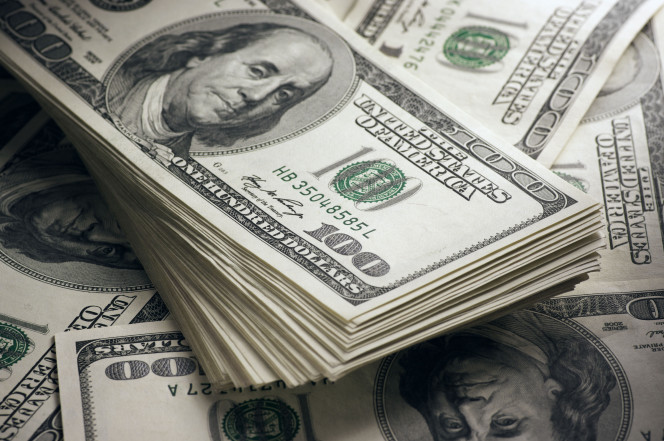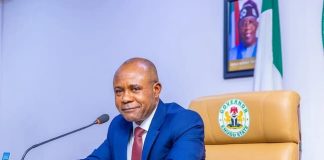The dollar recovered from a three-year low against a basket of currencies on Friday, February 16 and was headed for its biggest weekly loss in nine months, as negative sentiment offset any support the greenback could take from higher Treasury yields.
The dollar index was on track to lose 1.8 percent on the week in its largest decline since May 2017.
The U.S. currency has been weighed down by a variety of factors this year, including concerns that Washington might pursue a weak dollar strategy and the perceived erosion of its yield advantage as other countries start to scale back easy monetary policy.
Traders’ confidence in the dollar has also been eroded by mounting worries over the United States’ twin current account and budget deficits, with the latter projected to balloon to near $1 trillion in 2019 amid a government spending splurge and hefty corporate tax cuts.
Falls in the dollar have come as U.S. Treasury yields have hit four-year highs and as stronger-than-expected U.S. inflation has bolstered bets that the Federal Reserve could increase interest rates as many as four times this year.
That has left many analysts puzzled, as higher Treasury yields are normally associated with a stronger dollar.
As 10-year Treasury yields edged back below the 2.9 percent mark on Friday, the dollar strengthened, with its index gaining 0.3 percent and the euro falling back below $1.25 from a three-year high.
MUFG’s European head of markets research in London, Derek Halpenny, said Treasury yields had been driven higher not by expectations for stronger growth, but by fears about fiscal instability and inflation spiralling out of control. This was the reason an inverse correlation was emerging between the dollar and long-term Treasury yields, he said.
“If we see some element of stability coming back into U.S. Treasury markets and if yields start to drop back a bit, those fears are receding to some degree, and that can then be linked to some modest recovery in the dollar.”
Chris Turner, head of currency strategy at ING in London, made a similar argument to Halpenny, saying investors were requiring a risk premium for holding long-term debt, and adding that worries the administration would pursue a weak-dollar strategy had also knocked the greenback this year.
“The U.S. Treasury is happy to talk fast and loose about the dollar, which I‘m sure hasn’t gone unnoticed by investors and other central bankers,” Turner said.
The reappointment of Haruhiko Kuroda as Bank of Japan governor and the nomination of BOJ executive director Masayoshi Amamiya and Waseda University professor Masazumi Wakatabe as deputy governors were seen certain to keep the central bank on an ultra-loose policy path.














